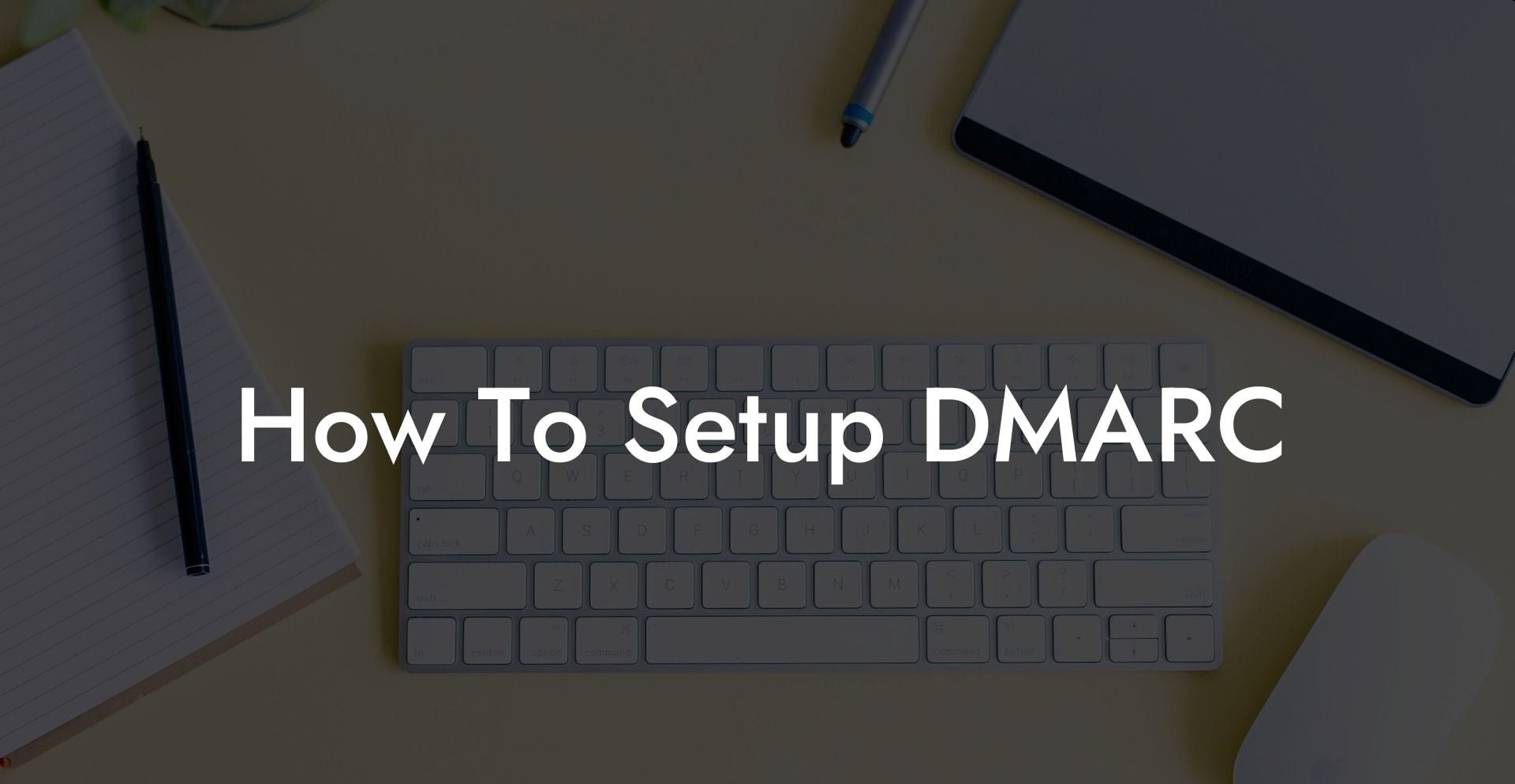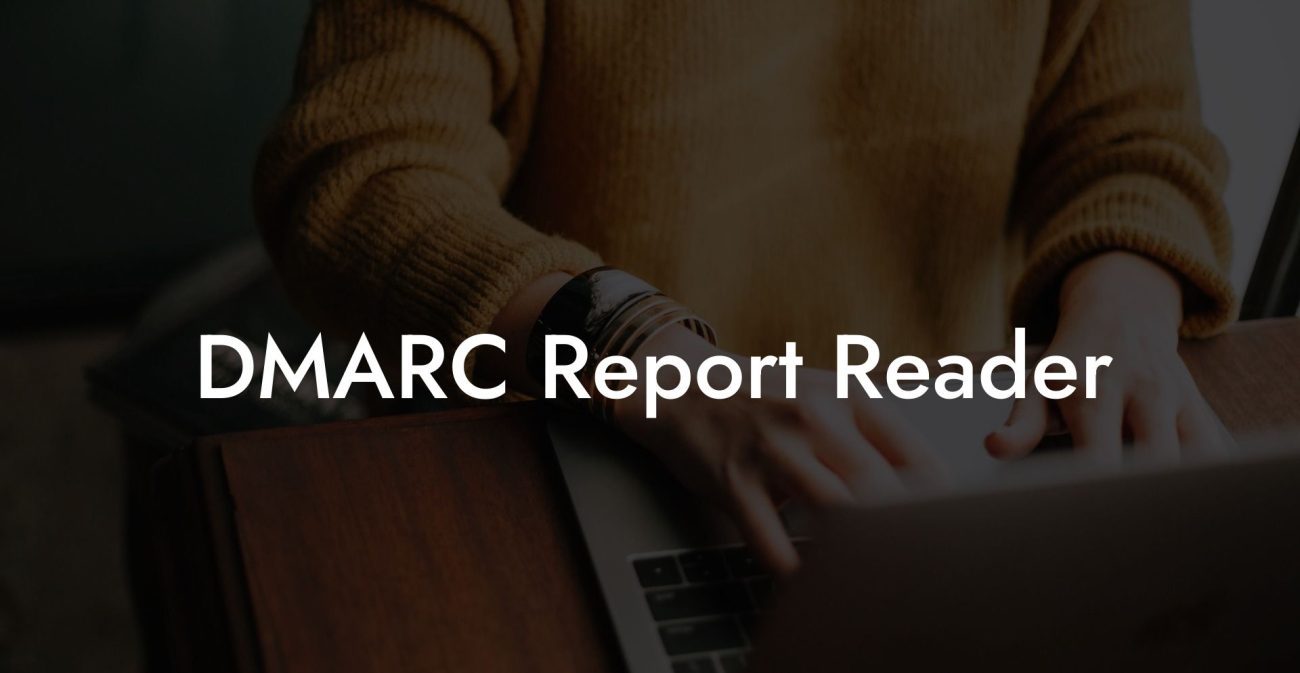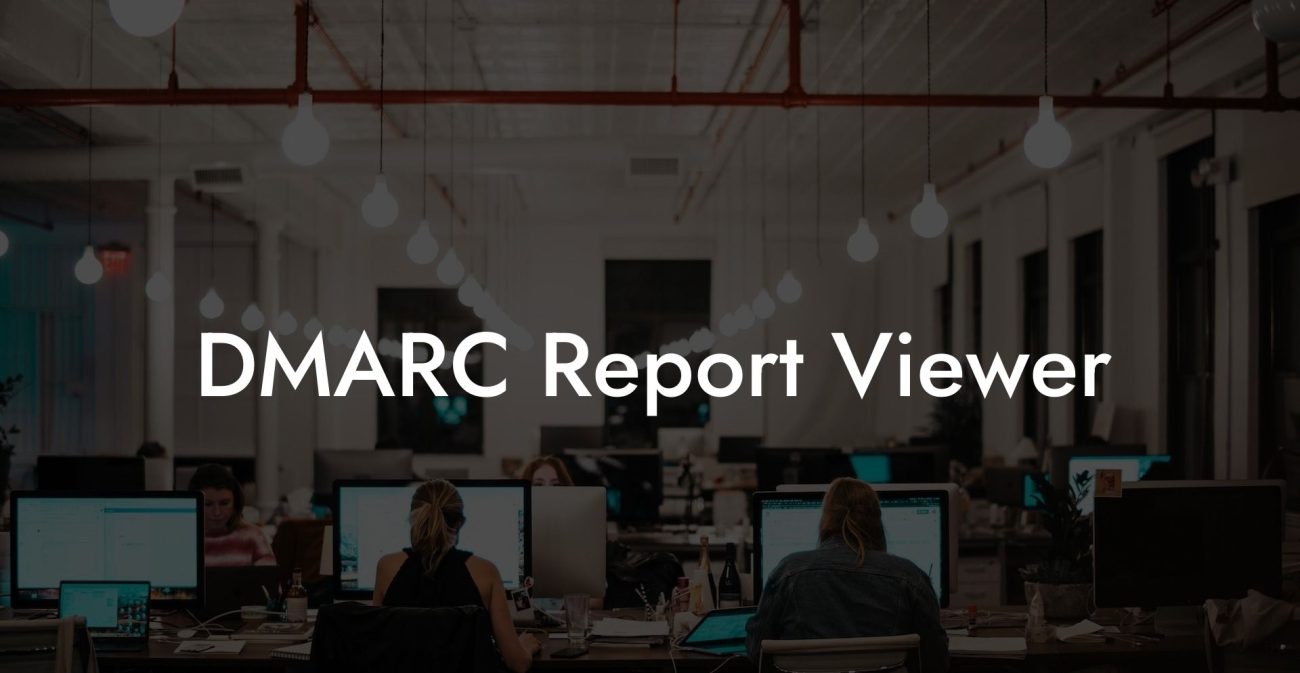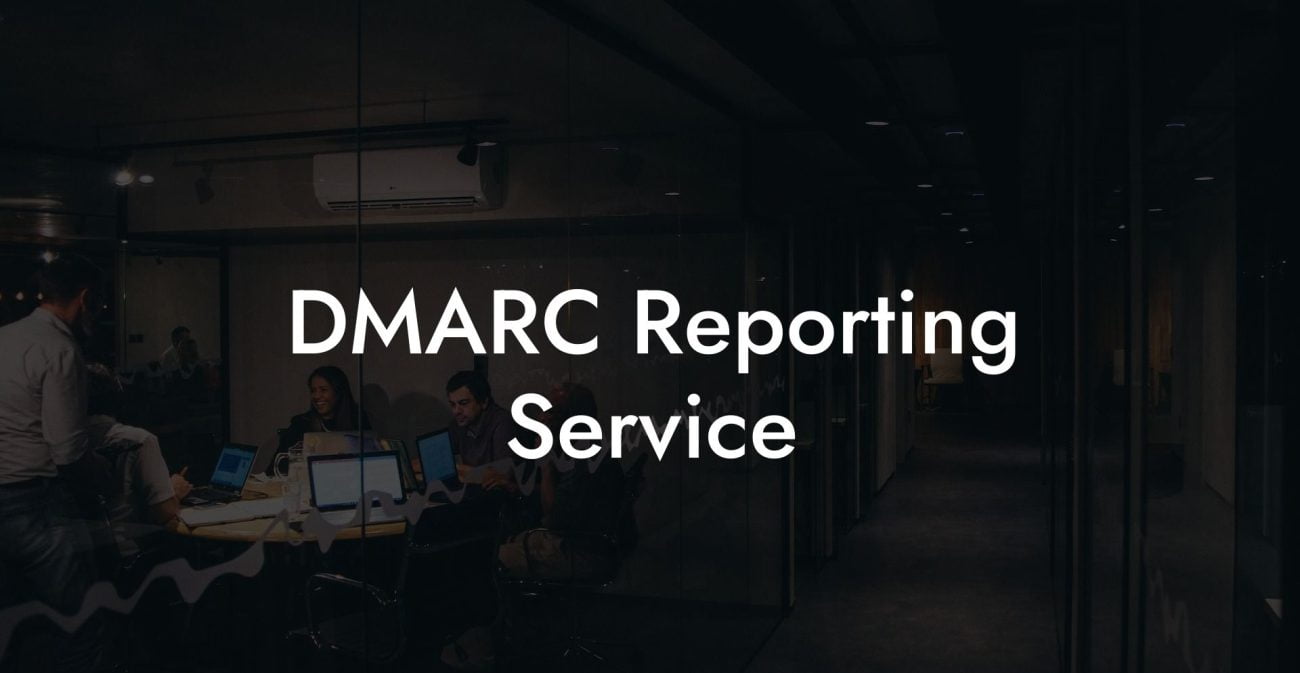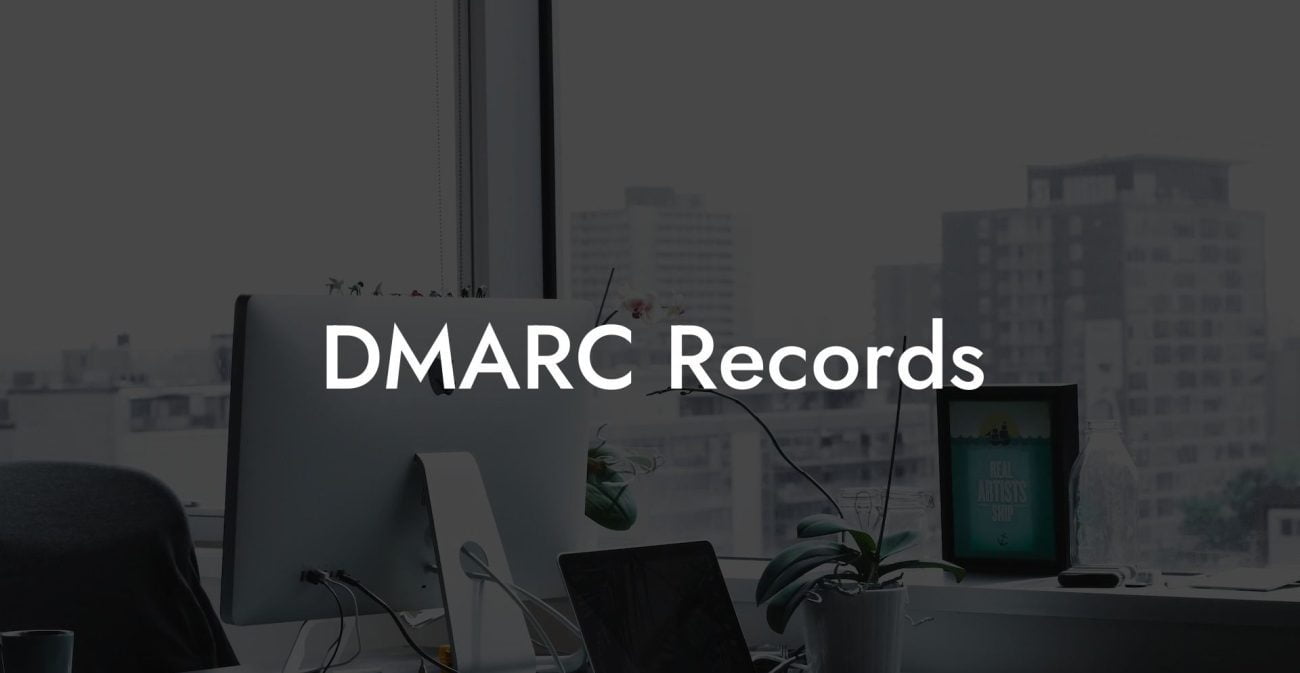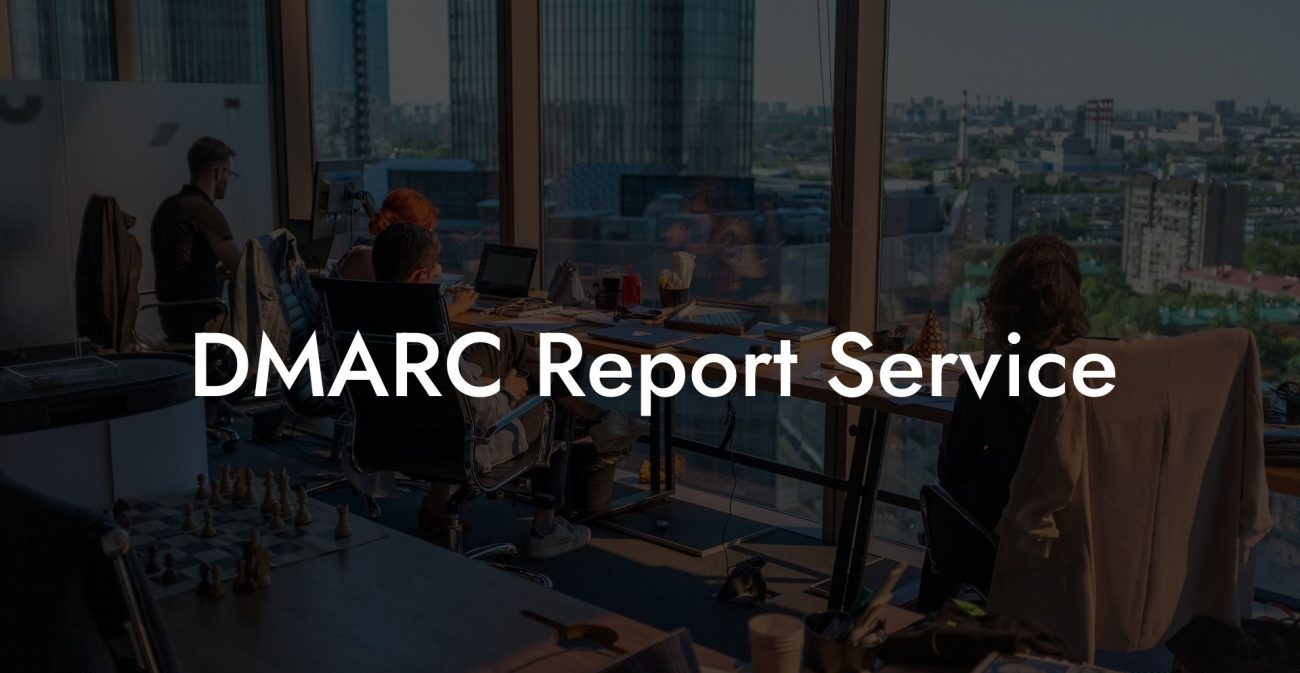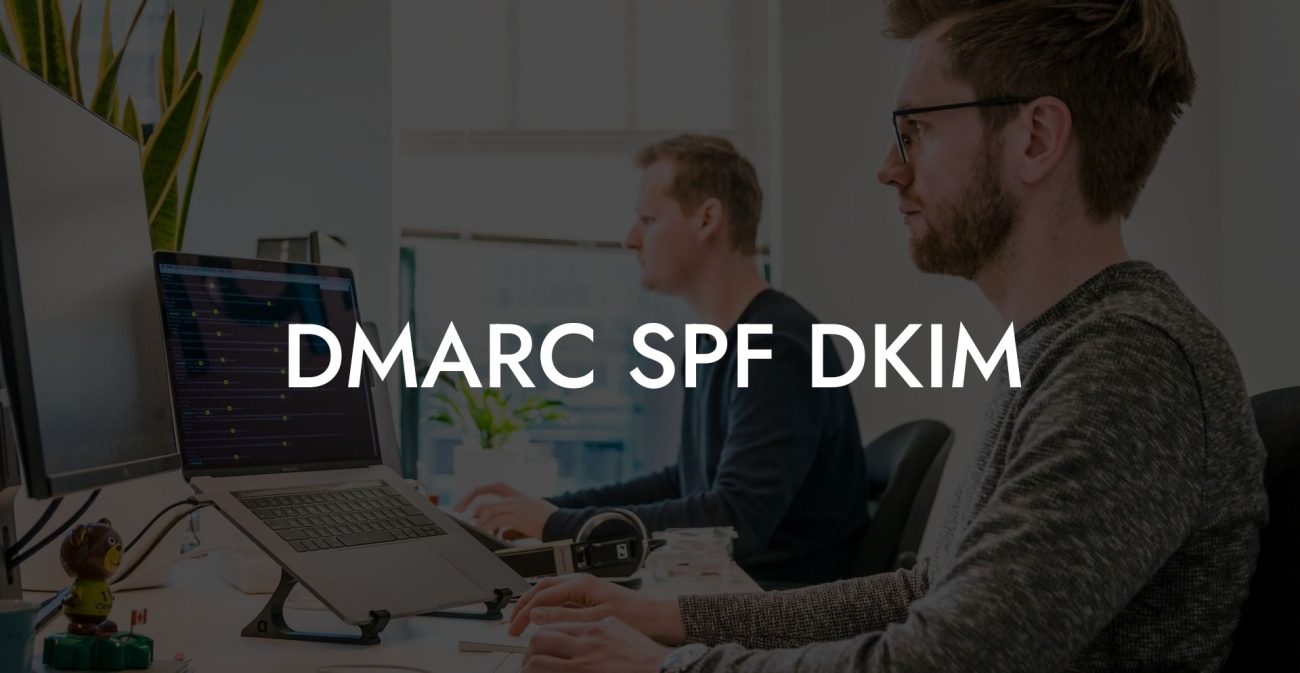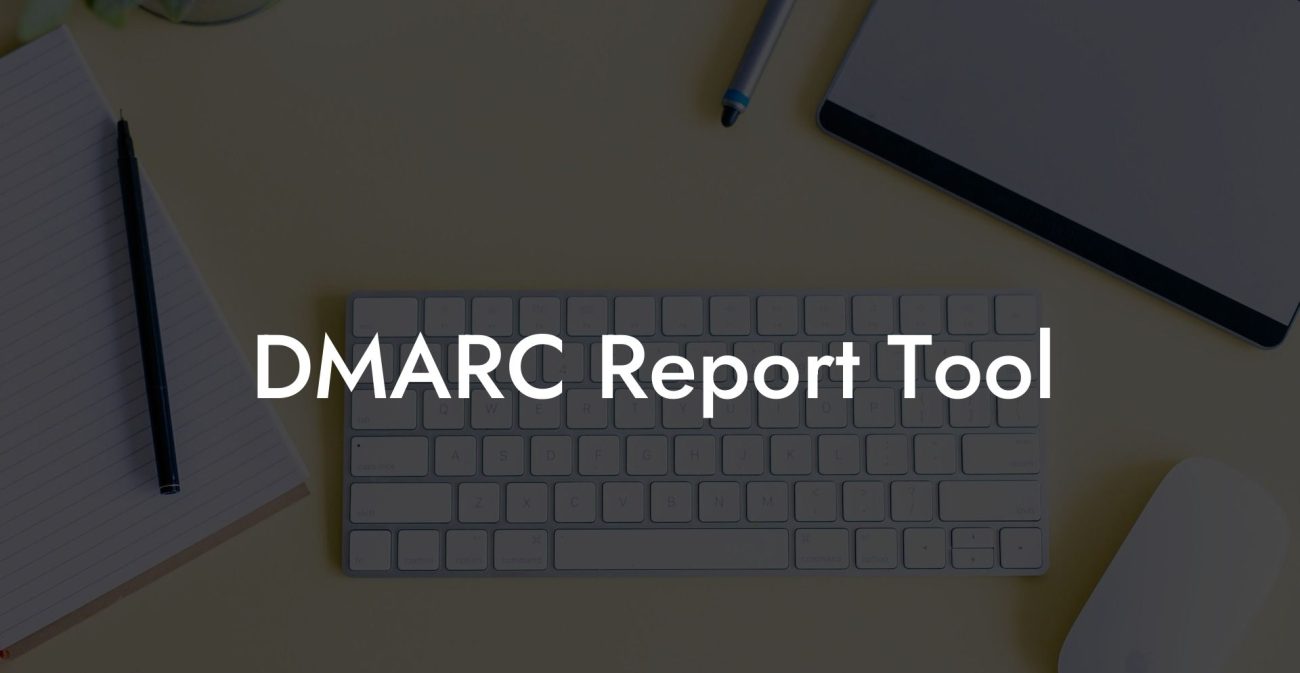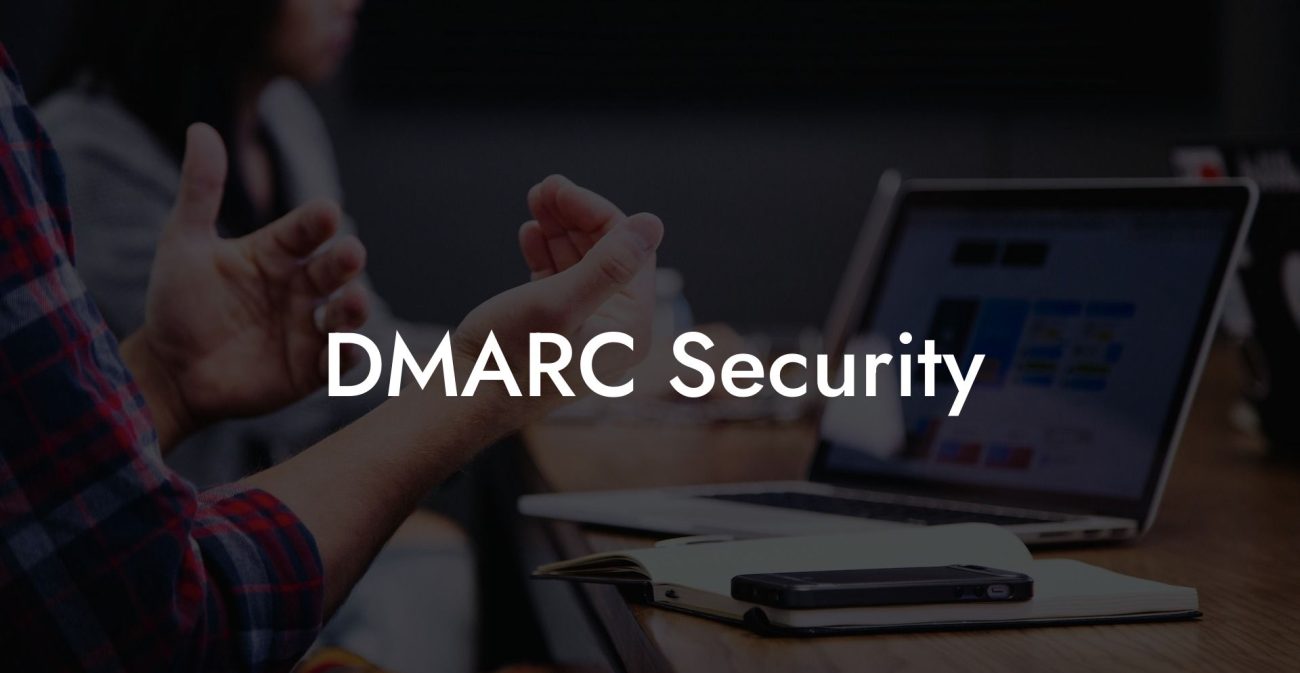Are you worried about your emails being spoofed or hijacked? Setting up DMARC can help you protect your domain and reduce the risk of cybercriminals using your email for phishing attempts. In this guide, we'll walk you through the process of setting up DMARC and discuss how implementing this crucial security measure can protect both you and your recipients from the growing threat of voice phishing.
What is DMARC?
Domain-based Message Authentication, Reporting and Conformance (DMARC) is an email authentication protocol that enables domain owners to specify how they want email receivers to handle unauthenticated emails. DMARC builds on previous email authentication methods, such as SPF (Sender Policy Framework) and DKIM (DomainKeys Identified Mail), to create a more powerful tool against spoofing and phishing.
Protect Your Data Today With a Secure Password Manager. Our Top Password Managers:
Implementing DMARC on your domain provides several benefits:
- Protects your brand by preventing spoofing and phishing using your domain
- Improves email deliverability by reducing false positives and allowing legitimate emails to reach their intended recipients
- Provides visibility on your email ecosystem through DMARC reports, allowing you to identify and address any issues
Setting Up DMARC
Step 1: Ensure SPF and DKIM are Configured
Before you can implement DMARC, you need to have SPF and DKIM set up for your domain. Both of these authentication methods help email receivers to determine whether an email is legitimately from your domain or a spoofed message. If you haven't already, follow guidelines provided by your email service provider to configure and test SPF and DKIM records.
Step 2: Create a DMARC Record
With SPF and DKIM in place, you can now create a DMARC record. A DMARC record is a simple text (TXT) DNS record that contains specific instructions for the receiving mailbox provider. It should include the following information:
- v=DMARC1; - Identifies the record as a DMARC record
- p= - The policy to apply on emails that fail DMARC checks (none, quarantine, or reject)
- rua=mailto:reports@yourdomain.com; - Specifies the email address where you want to receive aggregated DMARC reports
- ruf=mailto:forensic@yourdomain.com; - Specifies the email address where you want to receive message-specific forensic reports (optional)
- sp= - The policy to apply on emails sent from your subdomains (optional)
For example, a basic DMARC record may look like:
v=DMARC1; p=none; rua=mailto:reports@yourdomain.com;
Step 3: Publish the DMARC Record
To publish your DMARC record, you need to add it to your domain's DNS records as a TXT record with the name "_dmarc.yourdomain.com" (replace "yourdomain.com" with your actual domain). Follow your DNS provider's instructions to add the DMARC record.
Step 4: Monitor and Analyze DMARC Reports
Once your DMARC record is in place, you'll start receiving reports on any email sent using your domain. Analyze the information in these reports to ensure your legitimate emails are passing DMARC checks and identify any unauthorized use of your domain. If necessary, adjust your SPF, DKIM, or DMARC settings to improve email deliverability and security.
How To Setup DMARC Example:
Let's say you own the domain "example.com" and have already set up SPF and DKIM for it. Here's how you would create and publish a DMARC record for this domain:
1. Create a DMARC record: v=DMARC1; p=none; rua=mailto:reports@example.com;
2. Publish the record by adding it to your domain's DNS as a TXT record with the name "_dmarc.example.com": _dmarc.example.com IN TXT "v=DMARC1; p=none; rua=mailto:reports@example.com; "
3. Monitor DMARC reports sent to "reports@example.com" and adjust your SPF, DKIM, or DMARC settings as needed.
Now that you know how to set up DMARC, you can take a proactive approach to protect your email domain from spoofing and phishing attacks. With DMARC, you can help ensure your recipients trust your communications and keep your brand's reputation safe. Share this post with colleagues and friends to help spread awareness of the importance of email security, and be sure to explore our other guides on Voice Phishing for more cybersecurity tips and strategies.
Protect Your Data Today With a Secure Password Manager. Our Top Password Managers:

